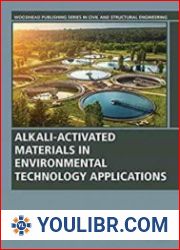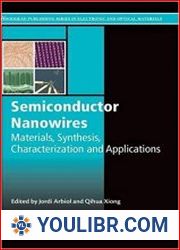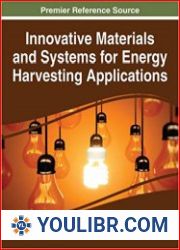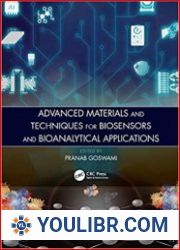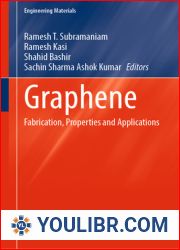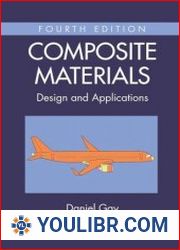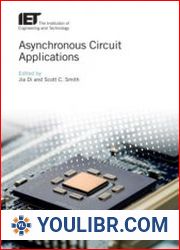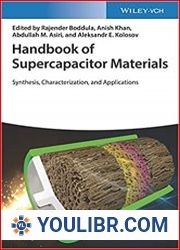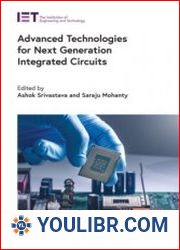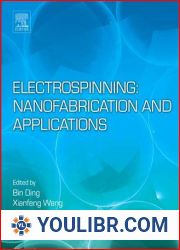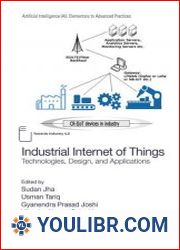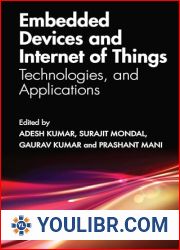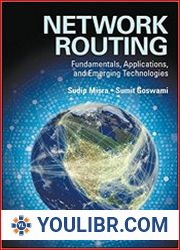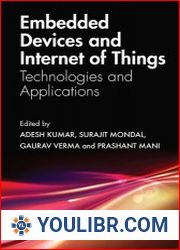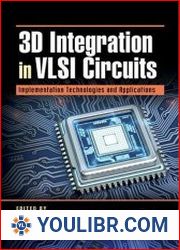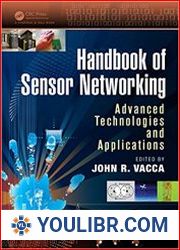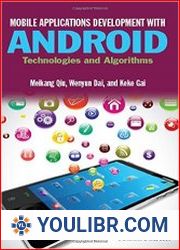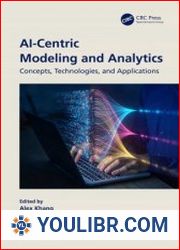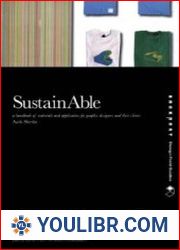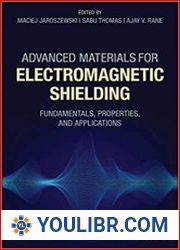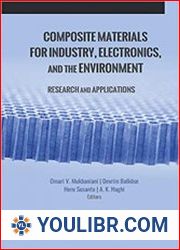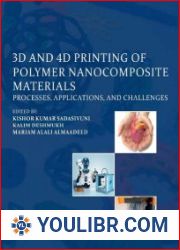
BOOKS - TECHNICAL SCIENCES - Printed Batteries Materials, Technologies and Applicatio...

Printed Batteries Materials, Technologies and Applications
Author: Edited by Senentxu Lanceros-Mendez and Carlos Miguel Costa
Year: 2018
Format: PDF
File size: 11,11 MB
Language: ENG

Year: 2018
Format: PDF
File size: 11,11 MB
Language: ENG

Book Description: Printed Batteries Materials Technologies and Applications Authors: [insert author names] Publication Date: [insert publication date] Pages: [insert page count] Publisher: [insert publisher name] Printed batteries have gained significant attention in recent years due to their potential to revolutionize the field of energy storage and power supply. This book provides an overview of the current state of the art in printed batteries, including the various types and materials used, as well as the printing techniques employed in their production. The authors explore the main applications being developed for printed batteries and highlight the major advantages and remaining challenges in this rapidly evolving area of research. The book begins with an introduction to the concept of printed batteries, explaining how they differ from traditional battery technologies and discussing the benefits and limitations of using printed batteries. The authors then delve into the various types of printed batteries available, including lithium-ion, lead-acid, and zinc-air batteries, among others. They describe the materials used in each type of battery and the printing techniques employed to create them. The book also explores the main applications of printed batteries, such as wearable devices, medical implants, and Internet of Things (IoT) devices.
Печатные батареи Материалы Технологии и приложения Авторы: [вставить имена авторов] Дата публикации: [вставить дату публикации] Страницы: [вставить количество страниц] Издатель: [вставить имя издателя] Печатные батареи привлекли значительное внимание в последние годы благодаря их потенциалу революционизировать область хранения энергии и энергоснабжения. В этой книге представлен обзор современного уровня техники в области печатных батарей, включая различные типы и используемые материалы, а также методы печати, используемые при их производстве. Авторы исследуют основные приложения, разрабатываемые для печатных батарей, и подчеркивают основные преимущества и остающиеся проблемы в этой быстро развивающейся области исследований. Книга начинается с введения в концепцию печатных аккумуляторов, объяснения того, чем они отличаются от традиционных аккумуляторных технологий и обсуждения преимуществ и ограничений использования печатных аккумуляторов. Затем авторы углубляются в различные типы доступных печатных батарей, включая, среди прочего, литий-ионные, свинцово-кислотные и цинк-воздушные батареи. Они описывают материалы, используемые в каждом типе батареи, и методы печати, используемые для их создания. В книге также рассматриваются основные области применения печатных аккумуляторов, таких как носимые устройства, медицинские имплантаты и устройства Интернета вещей (IoT).
Imprimer piles Matériaux Technologies et applications Auteurs : [insérer les noms des auteurs] Date de publication : [insérer la date de publication] Pages : [insérer le nombre de pages] Éditeur : [insérer le nom de l'éditeur] s piles imprimées ont attiré beaucoup d'attention ces dernières années en raison de leur potentiel de révolutionner le stockage de l'énergie et l'approvisionnement en énergie. Ce livre donne un aperçu de l'état actuel de la technique dans le domaine des batteries d'impression, y compris les différents types et matériaux utilisés, ainsi que les méthodes d'impression utilisées dans leur fabrication. s auteurs explorent les principales applications développées pour les piles imprimées et soulignent les principaux avantages et les défis qui restent à relever dans ce domaine de recherche en évolution rapide. livre commence par une introduction au concept des piles imprimées, une explication de ce qu'elles diffèrent des technologies traditionnelles de piles et un débat sur les avantages et les limites de l'utilisation des piles imprimées. s auteurs examinent ensuite les différents types de piles imprimées disponibles, notamment les piles lithium-ion, plomb-acide et zinc-air. Ils décrivent les matériaux utilisés dans chaque type de batterie et les techniques d'impression utilisées pour les créer. livre traite également des principaux domaines d'application des batteries imprimées, tels que les dispositifs portables, les implants médicaux et les dispositifs IoT.
''
Basılı Piller Malzeme Teknolojileri ve Uygulamaları Yazarlar: [insert author names] Yayın Tarihi: [insert publication date] Sayfalar: [insert page count] Yayıncı: [insert publisher name] Basılı piller, enerji depolama ve güç kaynağı alanında devrim yaratma potansiyelleri nedeniyle son yıllarda büyük ilgi görmüştür. Bu kitap, kullanılan çeşitli tip ve malzemelerin yanı sıra imalatlarında kullanılan baskı yöntemleri de dahil olmak üzere basılı piller alanındaki mevcut teknolojiye genel bir bakış sunmaktadır. Yazarlar, basılı piller için geliştirilen başlıca uygulamaları araştırıyor ve bu hızla gelişen araştırma alanındaki başlıca faydaları ve kalan zorlukları vurguluyor. Kitap, basılı piller kavramına bir giriş, geleneksel pil teknolojilerinden nasıl farklı olduklarına dair bir açıklama ve basılı pillerin kullanımının avantajları ve sınırlamaları hakkında bir tartışma ile başlar. Yazarlar daha sonra, diğerlerinin yanı sıra, lityum-iyon, kurşun-asit ve çinko-hava pilleri de dahil olmak üzere çeşitli basılı pilleri araştırıyorlar. Her pil türünde kullanılan malzemeleri ve bunları oluşturmak için kullanılan baskı yöntemlerini açıklarlar. Kitap ayrıca giyilebilir cihazlar, tıbbi implantlar ve Nesnelerin İnterneti (IoT) cihazları gibi basılı pillerin ana uygulamalarına da bakıyor.
تكنولوجيات وتطبيقات مواد البطاريات المطبوعة: [تدرج أسماء المؤلفين] تاريخ النشر: [يُدرج تاريخ النشر] الصفحات: [يُدرج عدد الصفحات] الناشر: [يُدرج اسم الناشر] جذبت البطاريات المطبوعة اهتمامًا كبيرًا في السنوات الأخيرة بسبب قدرتها على إحداث ثورة في مجال تخزين الطاقة وإمداد الطاقة. يقدم هذا الكتاب لمحة عامة عن أحدث التطورات في مجال البطاريات المطبوعة، بما في ذلك الأنواع والمواد المختلفة المستخدمة، وكذلك طرق الطباعة المستخدمة في تصنيعها. يستكشف المؤلفون التطبيقات الرئيسية التي يتم تطويرها للبطاريات المطبوعة ويسلطون الضوء على الفوائد الرئيسية والتحديات المتبقية في هذا المجال البحثي سريع التطور. يبدأ الكتاب بمقدمة لمفهوم البطاريات المطبوعة، وشرح لكيفية اختلافها عن تقنيات البطاريات التقليدية، ومناقشة مزايا وقيود استخدام البطاريات المطبوعة. ثم يتعمق المؤلفون في الأنواع المختلفة من البطاريات المطبوعة المتاحة، بما في ذلك، من بين أمور أخرى، بطاريات الليثيوم أيون وحمض الرصاص والزنك والهواء. يصفون المواد المستخدمة في كل نوع من أنواع البطاريات وطرق الطباعة المستخدمة لإنشائها. يبحث الكتاب أيضًا في التطبيقات الرئيسية للبطاريات المطبوعة مثل الأجهزة القابلة للارتداء والغرسات الطبية وأجهزة إنترنت الأشياء (IoT).







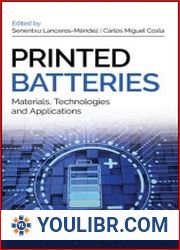
 49
49  1 TON
1 TON

